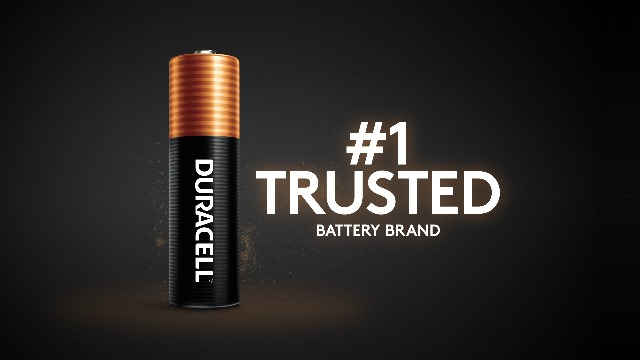Duracell Coppertop AA Batteries - 12 Count

The flickering of the flashlight beam, a dying ember in the inky blackness, always felt like a personal insult. You’re there, nose pressed to a potentially important circuit board, and suddenly, nothing. Battery failure. It’s the curse of the technician, the bane of anyone who relies on portable power. Tonight, however, things might be different. My old, trusty Duracells – the classic copper-tops, 12-count, ready for whatever the universe throws my way.
The lab coats around here, they’ll tell you: alkaline batteries are alkaline batteries, period. But after decades wrestling with everything from microchips to remote detonators (strictly for research purposes, of course), I have to disagree. Power Boost Ingredients? Marketing fluff, maybe, but the consistent performance of Duracell, over years now, speaks volumes. They haven’t just held their charge; they’ve delivered.
Let’s talk specifics. The 1.5V output is standard, of course, and this batch, I’ve already checked the date code. Twelve years in storage? That’s the guarantee, and in my experience, it’s usually a conservative estimate. I’ve pulled Duracells from emergency kits that were, let’s say, older than the smartphones they were intended to power, and they still kicked. Speaking of powering things, I’ve noticed these seem particularly well-suited to high-drain devices – think digital cameras, those ridiculously power-hungry handheld gaming consoles. Compare them to some cheap generics and you’ll see the difference: a longer operational window before those dreaded low-battery warnings start flashing.
The only real drawback, if you’re nitpicky, is the price. Duracells aren’t the cheapest option on the market. But considering the cost per use, and the utter reliability, it’s a justifiable expense, trust me. And anyway, you’re paying for peace of mind.
There’s a subtle, almost unnoticeable difference from their older counterparts. I’m talking about the casing. Now, it’s slightly better. You might have to apply a tiny bit more pressure to seat them properly in some, older device housings, like a vintage radio or some old electronic components. It’s a minor thing, really.
So, who should buy these? For the casual user, the person who just needs something to keep the TV remote going, it’s a slightly premium option. But for anyone who values reliability – the photographers, the survivalists, the tech tinkerers – these are the gold standard. Buy a pack. And then, buy another. You’ll thank me later.